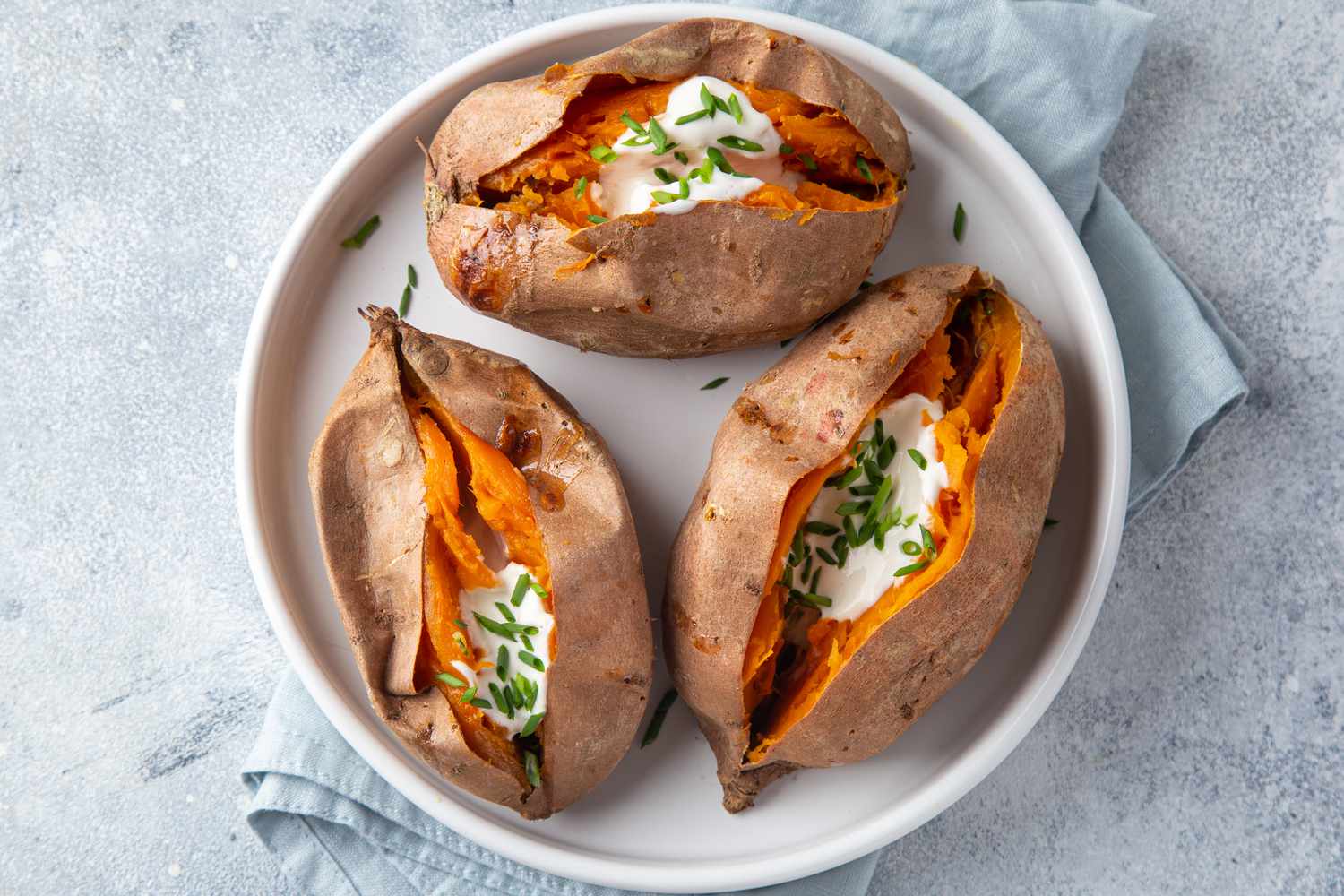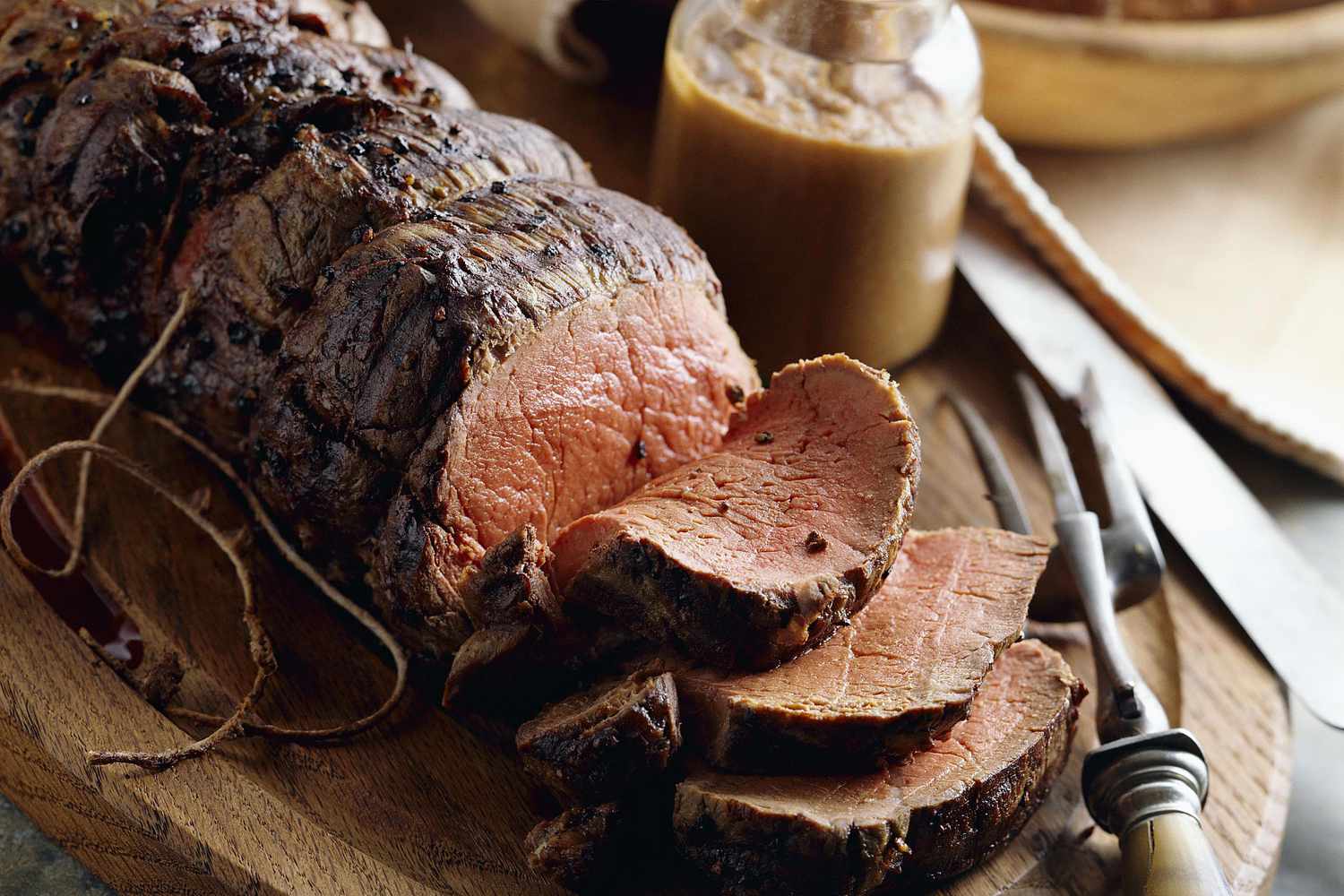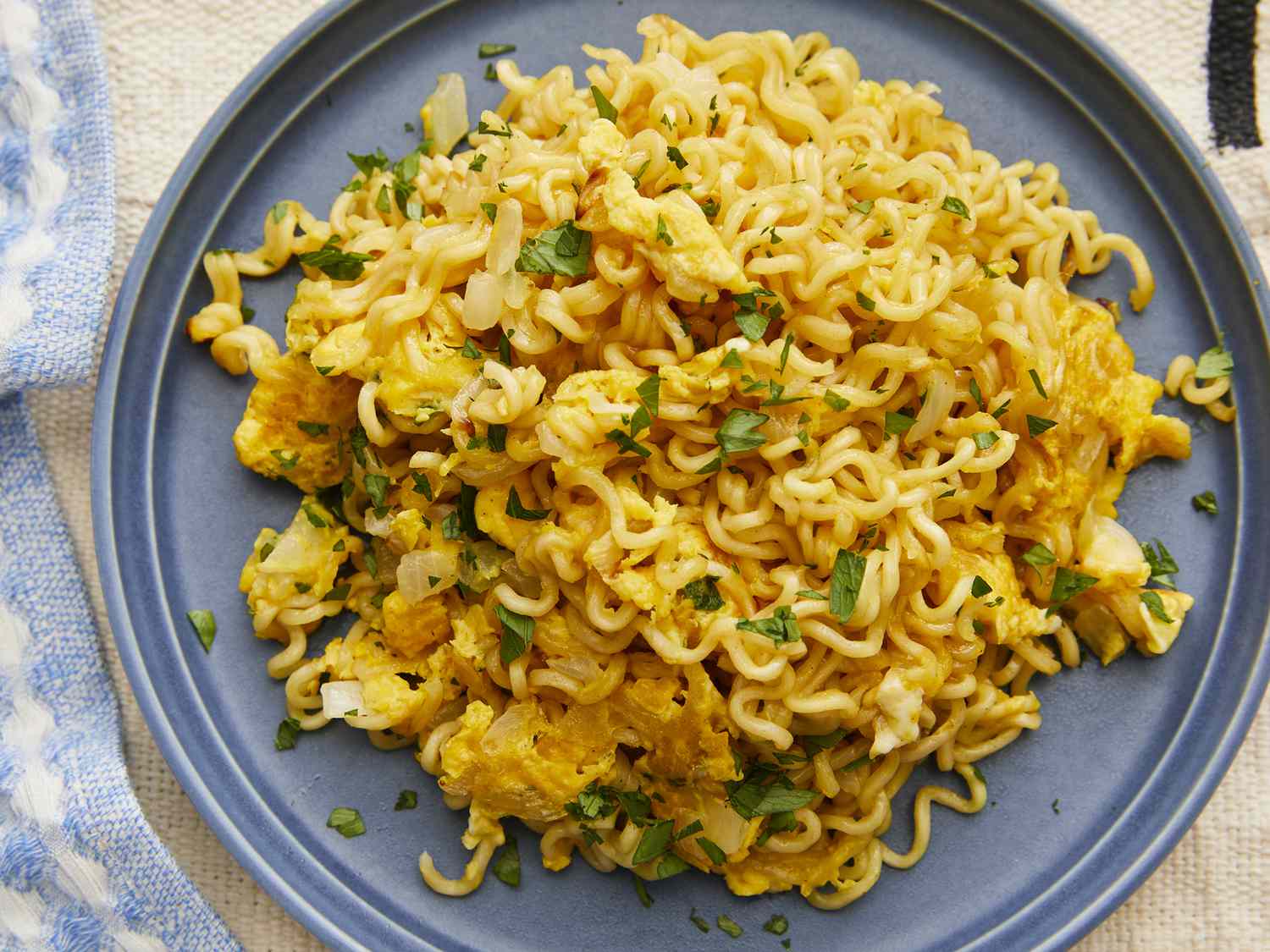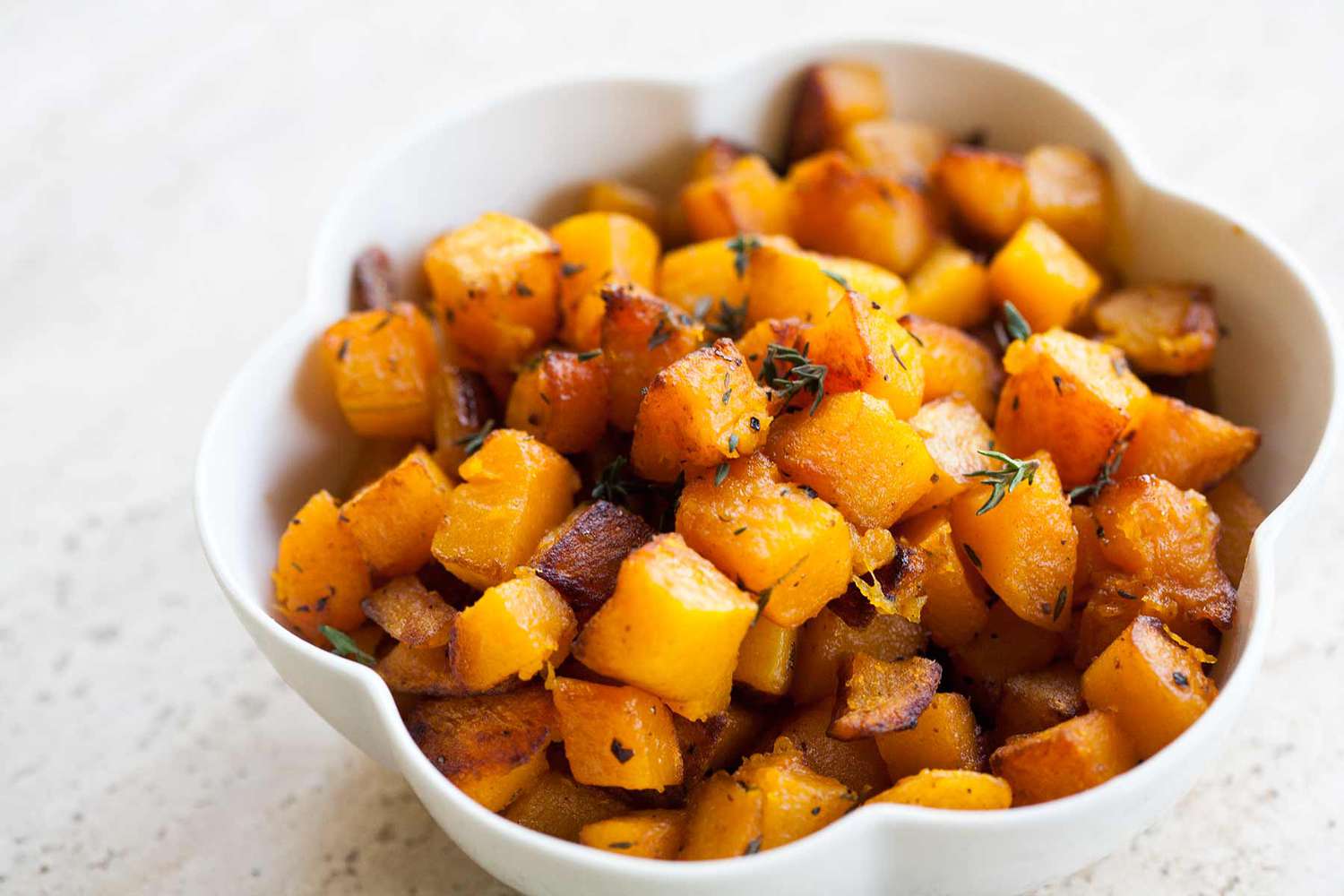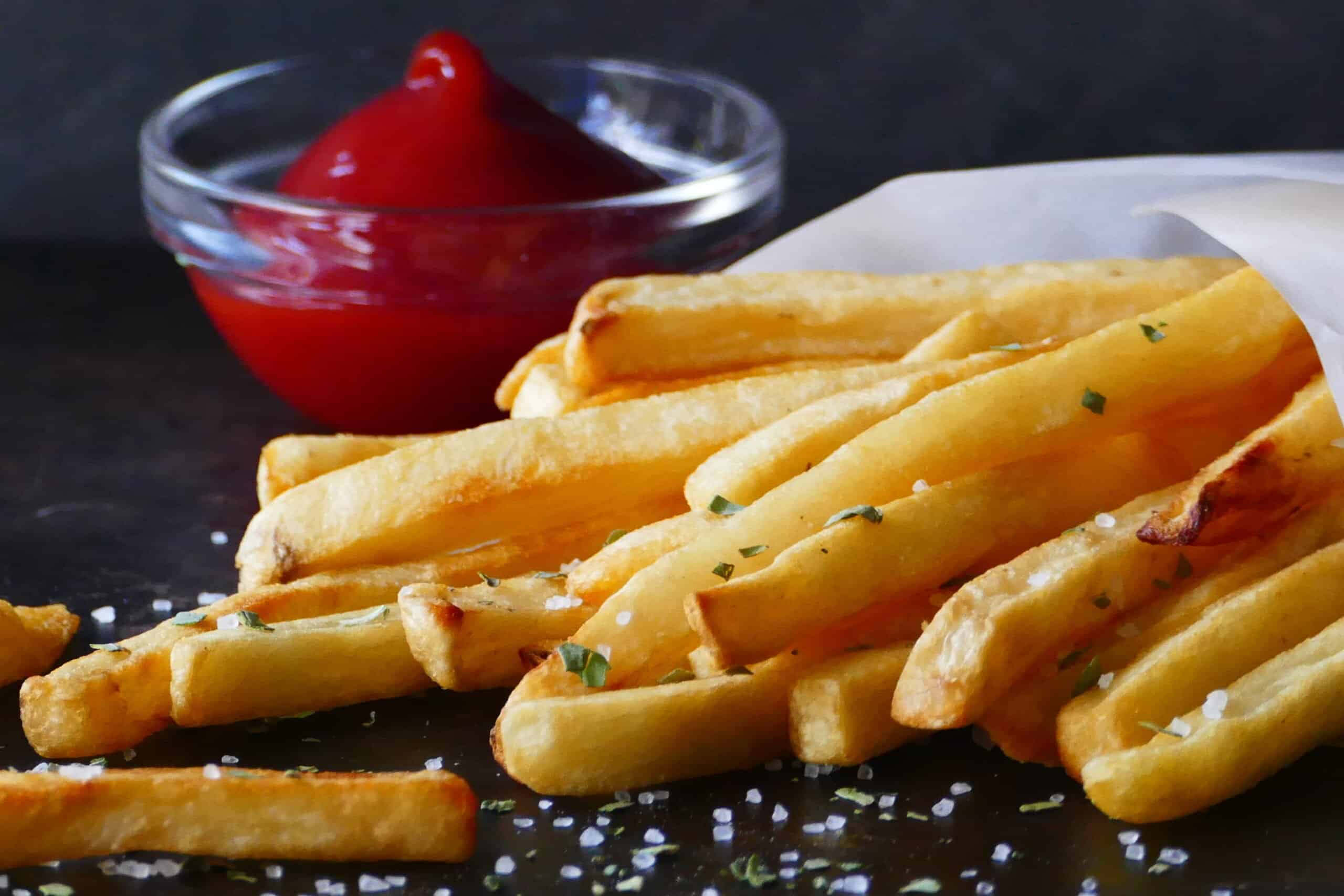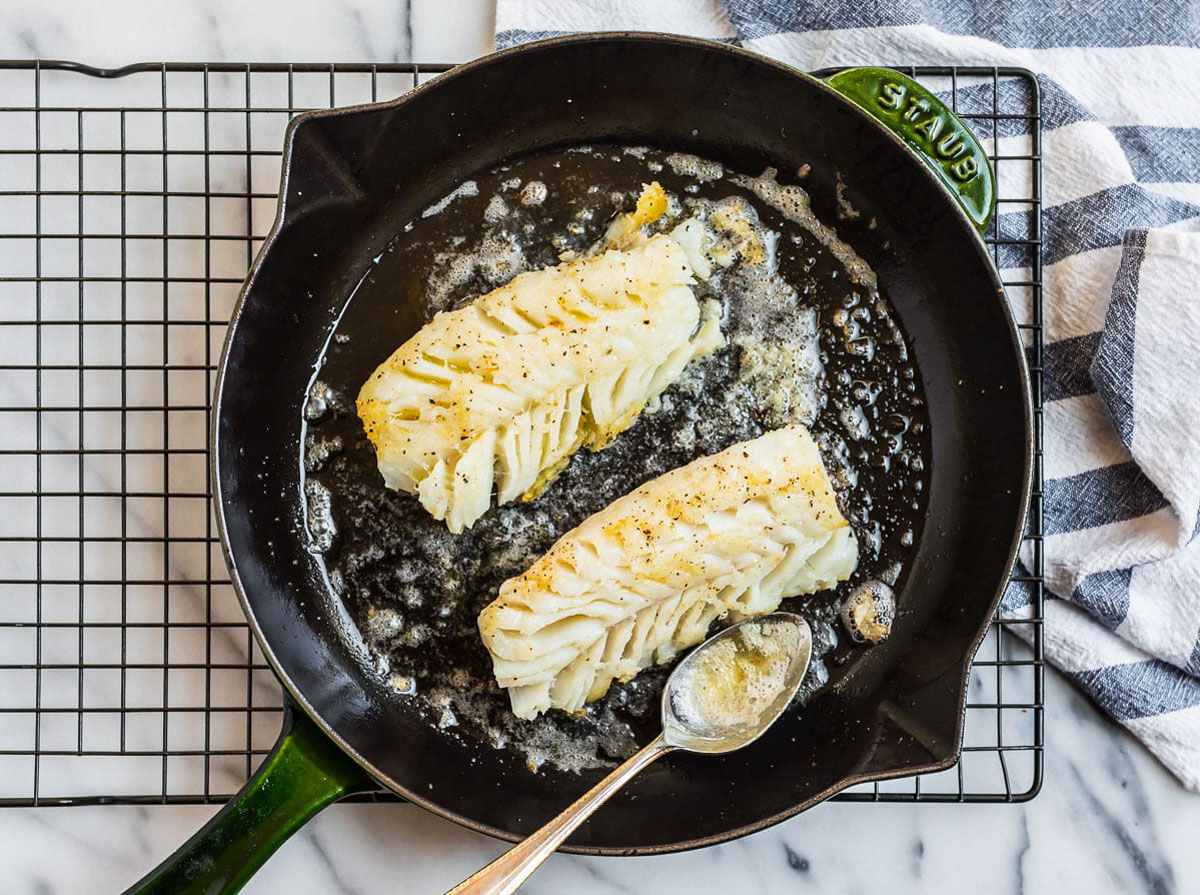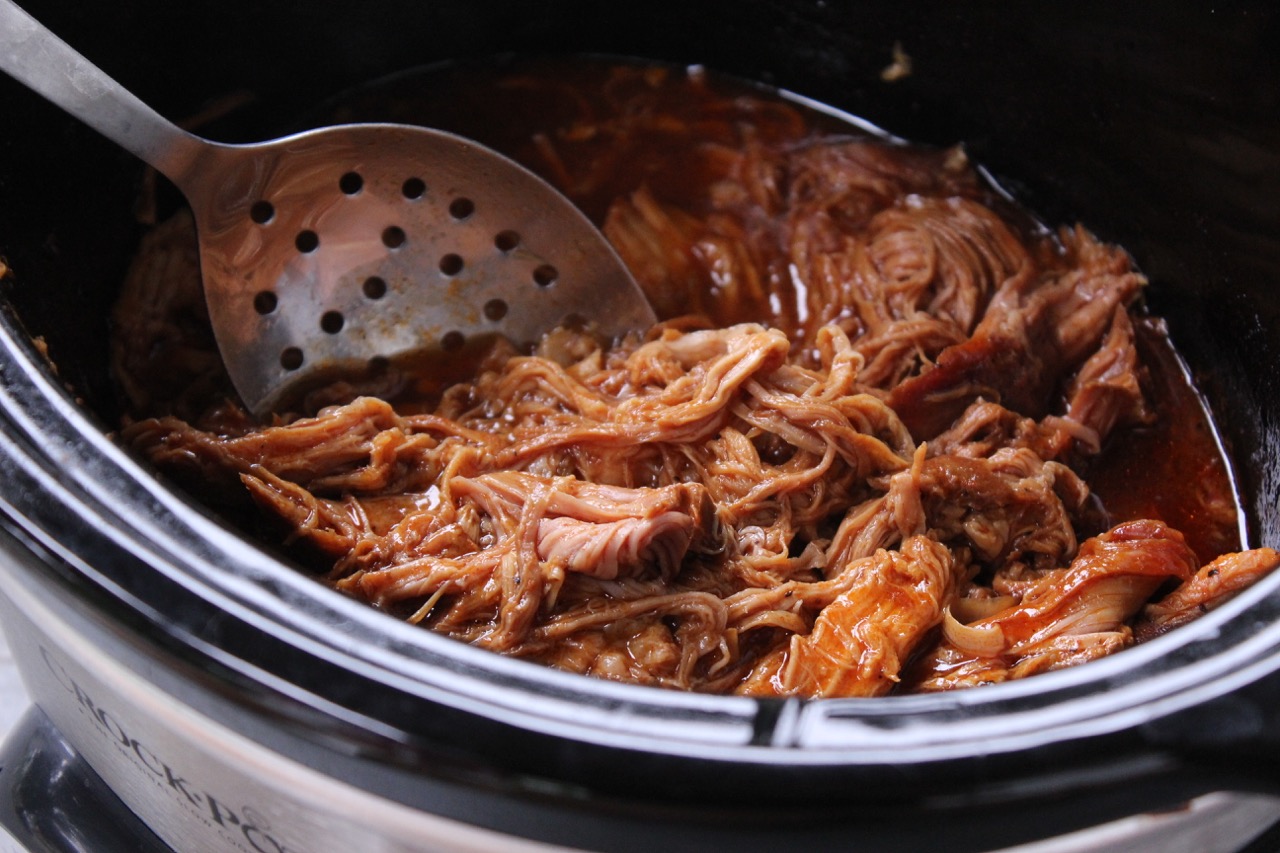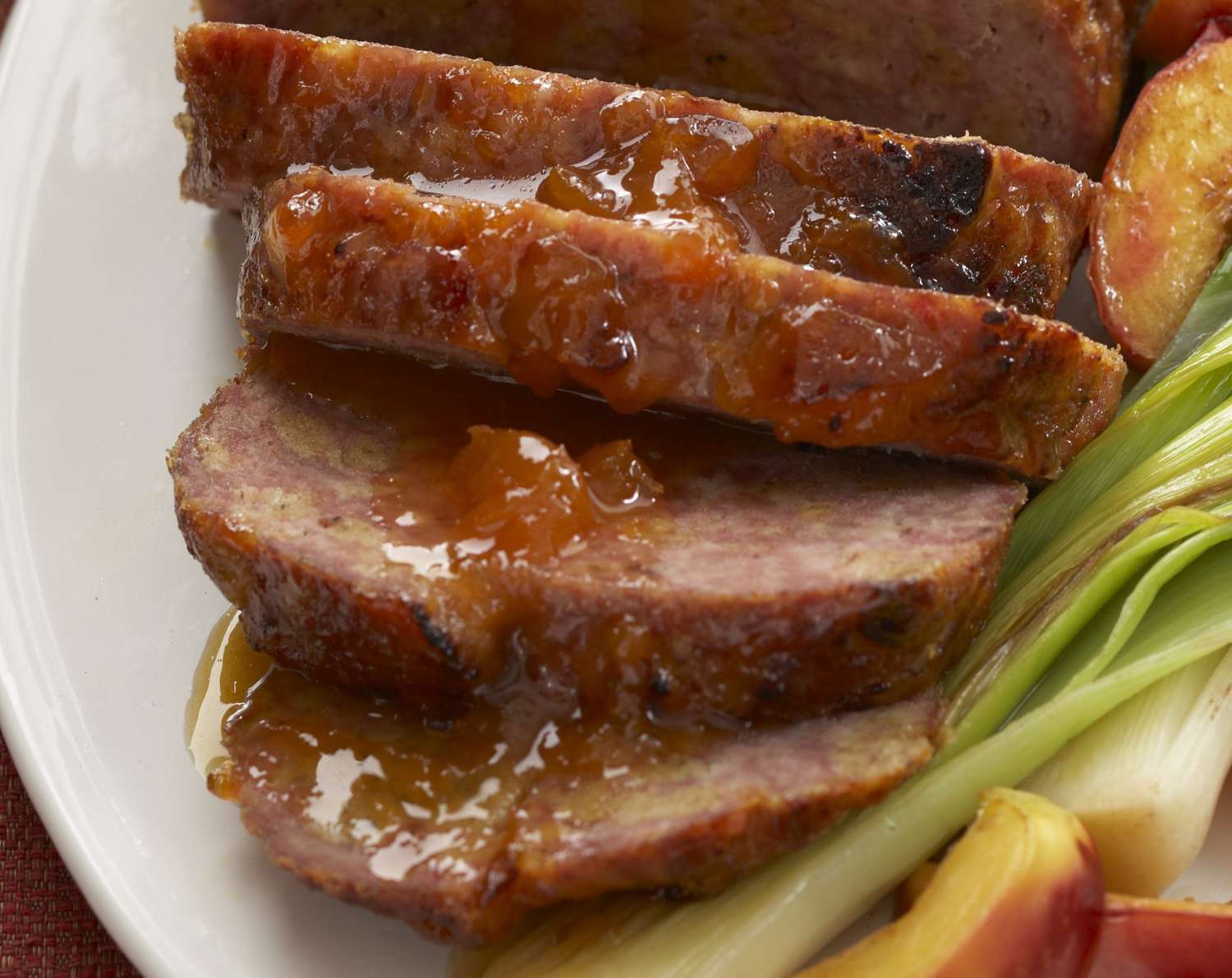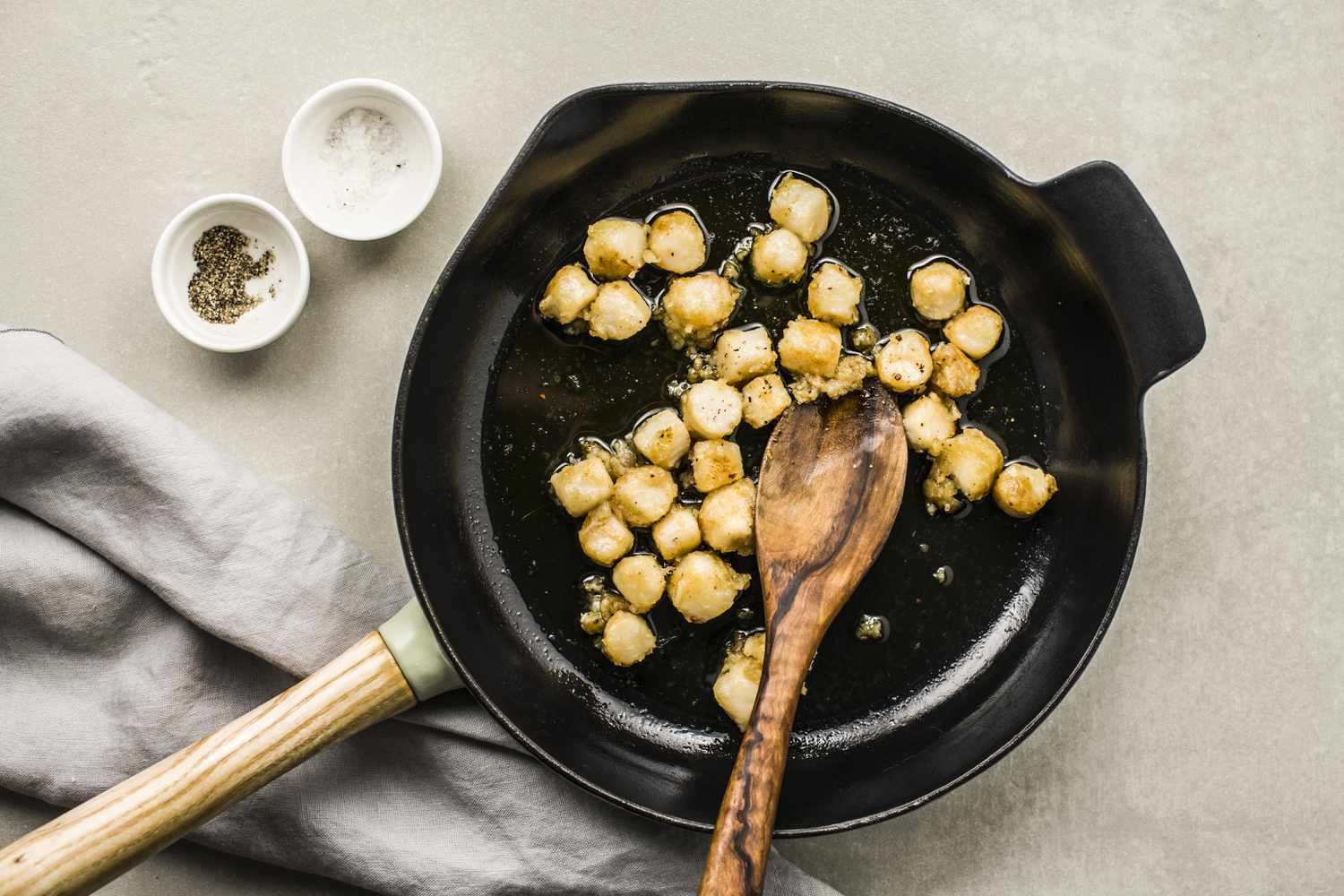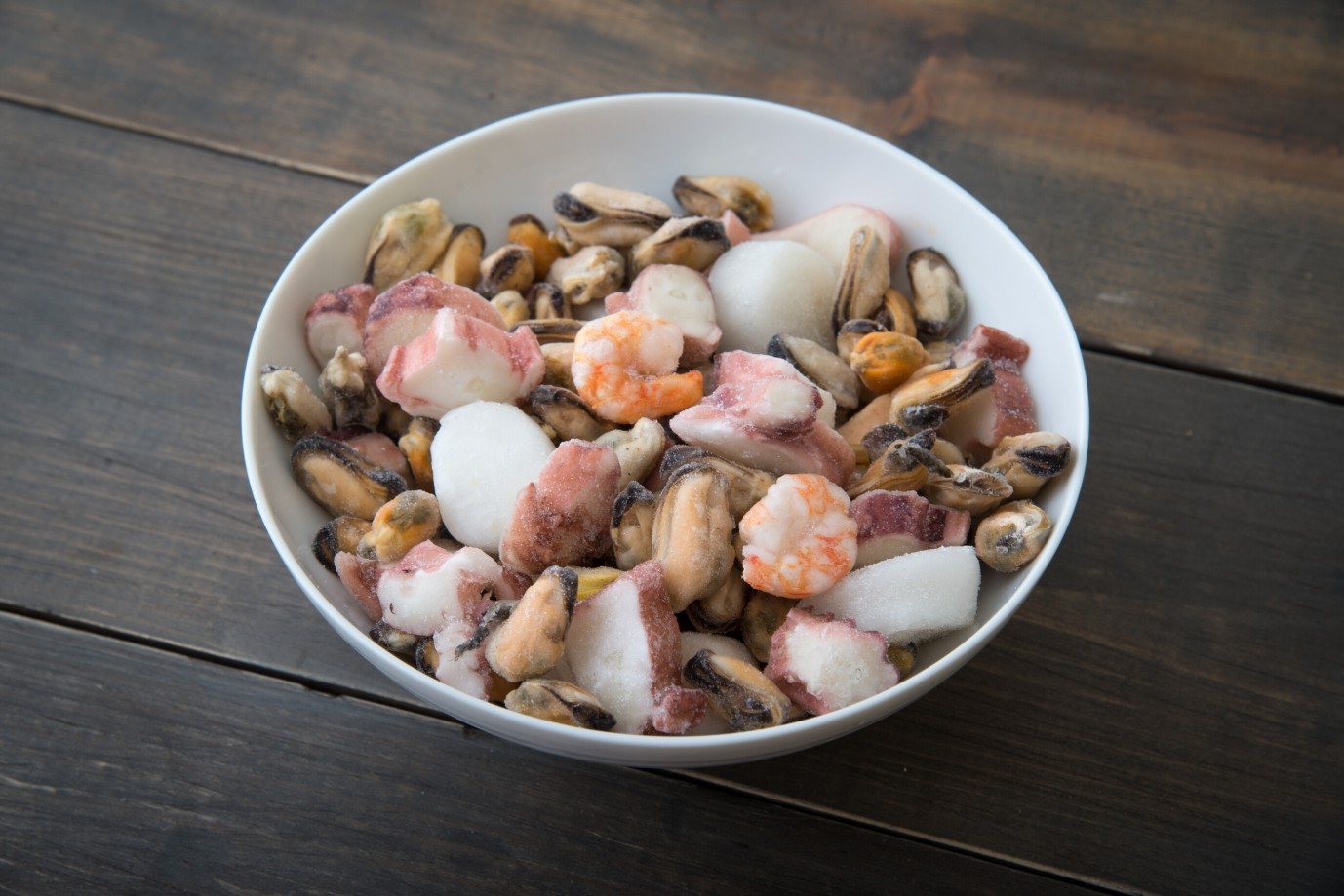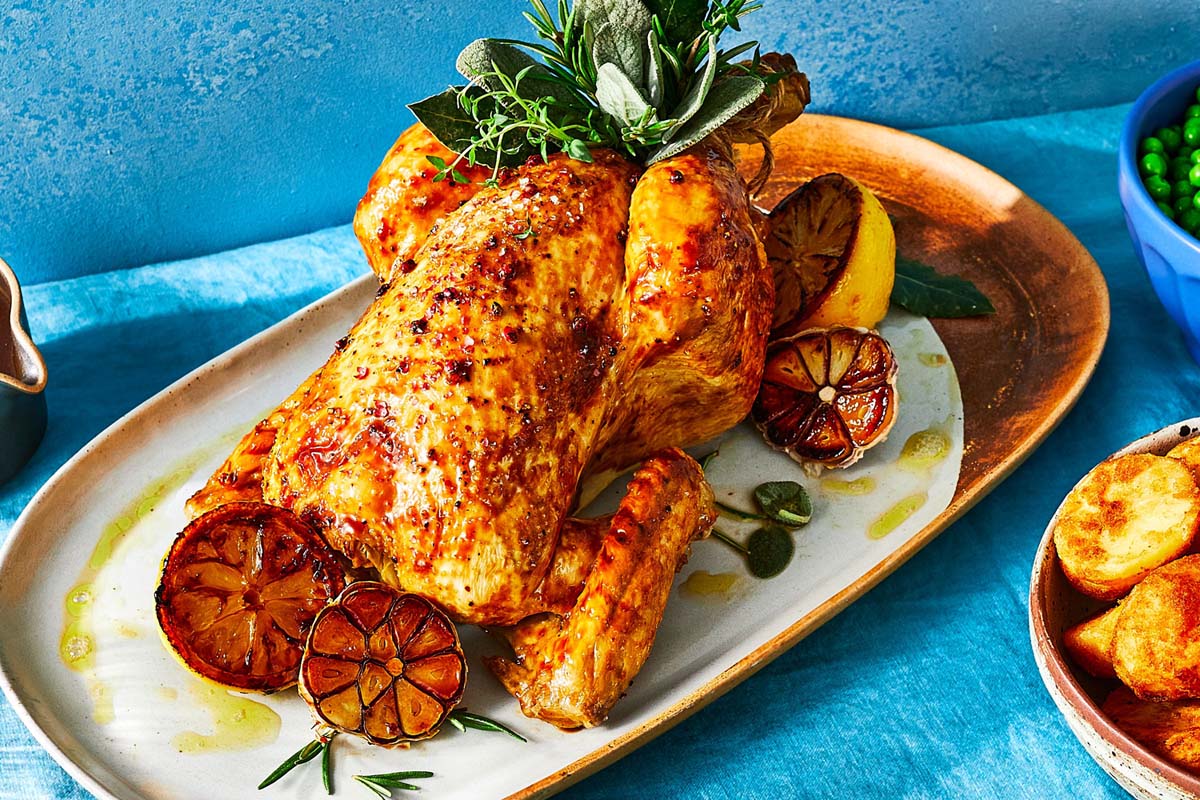Discover the Secrets of Cooking Delicious Tuna Chunks!
Are you a seafood lover looking to add some excitement to your meals? Look no further than tuna chunks! These delicious, versatile pieces of fish can be cooked in a variety of ways to create mouthwatering dishes. Whether you’re a seasoned chef or a beginner in the kitchen, we’ve got you covered with some expert tips and tricks on how to cook tuna chunks to perfection.
1. Grilled Tuna Chunks:
One of the most popular ways to cook tuna chunks is by grilling them. This method allows you to achieve a smoky flavor and a slightly charred exterior while keeping the tender center intact. Follow these steps to create grilled tuna chunks that will leave your taste buds begging for more:
- Start by marinating the tuna chunks in a mixture of olive oil, lemon juice, minced garlic, and your favorite herbs and spices. This will infuse the fish with incredible flavors.
- Preheat your grill to medium-high heat. Make sure the grates are clean and well-oiled to prevent sticking.
- Place the marinated tuna chunks directly on the hot grill. Cook for about 2-3 minutes per side, depending on the thickness of the chunks.
- For a perfectly medium-rare result, aim for an internal temperature of 125°F (52°C). Remember, tuna is best enjoyed when it’s still slightly pink in the center!
- Remove the grilled tuna chunks from the heat and let them rest for a few minutes to allow the juices to redistribute.
- Serve your succulent grilled tuna chunks with a squeeze of fresh lemon juice and a sprinkle of sea salt. They pair perfectly with a fresh green salad or a side of roasted vegetables.
2. Pan-Seared Tuna Chunks:
If you’re looking for a quick and easy cooking method that delivers excellent results, pan-searing is the way to go. Here’s how to achieve perfectly seared tuna chunks:
- Start by seasoning the tuna chunks with salt, pepper, and a touch of paprika for an extra kick.
- Heat a non-stick skillet or frying pan over medium-high heat. Add a drizzle of olive oil to prevent sticking.
- Once the pan is hot, carefully place the seasoned tuna chunks in the skillet. Cook for about 1-2 minutes per side for medium-rare doneness.
- Be cautious not to overcook the tuna chunks as they can become dry and lose their delicate flavor.
- Remove the pan-seared tuna chunks from the heat and let them rest for a moment before serving.
- Enjoy your deliciously seared tuna chunks by serving them over a bed of warm quinoa, steamed rice, or alongside a vibrant stir-fry.
3. Tuna Chunk Salad:
If you’re in the mood for a light and refreshing dish, consider making a delightful tuna chunk salad. Follow these steps to create a salad that’s bursting with flavors:
- In a mixing bowl, combine the tuna chunks with diced cucumber, cherry tomatoes, sliced red onions, and chopped fresh herbs like parsley or cilantro.
- Drizzle the salad with a zesty dressing made from lemon juice, olive oil, Dijon mustard, and a hint of honey.
- Toss the ingredients gently until they are well-coated in the dressing.
- For an added crunch, sprinkle some toasted pine nuts or croutons on top of your tuna chunk salad.
- Serve the salad chilled and enjoy a refreshing and healthy meal.
Now that you’re armed with these cooking techniques, it’s time to unleash your culinary creativity and explore the delicious possibilities of tuna chunks. Whether you grill them, pan-sear them, or toss them in a salad, these flavorsome fish pieces are sure to elevate any meal to new heights. So, get in the kitchen and get cooking!
